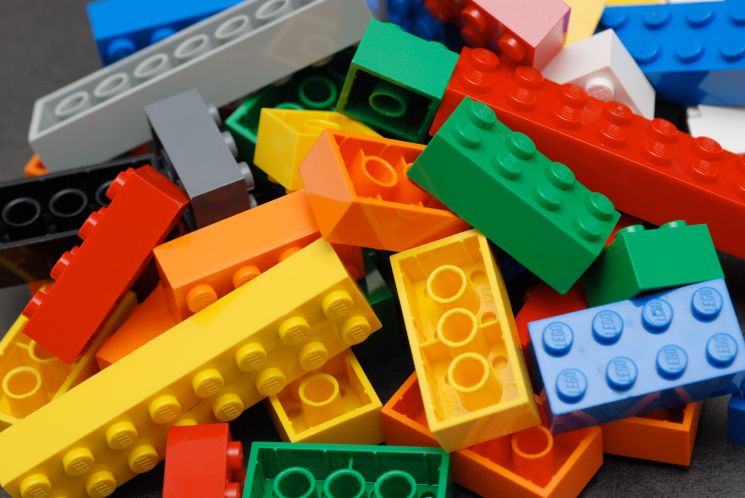Offering Inclusive and Dedicated Programs
Offering Inclusive and Dedicated Programs
Topic 4: Offering Inclusive and Dedicated Programs
Offering Inclusive and Dedicated Programs
There are two different approaches you can take when developing autism-friendly programs, services, and resources. One way is to create inclusive programs, or programs that are open to all, and accessible to those with autism as well as neurotypical library users. The other way is to create dedicated programs, which are designed for those with a specific disability, in this case ASD. Both of these approaches are acceptable and are huge steps in making your library more inclusive. It is important to note, however, that neither option will truly meet all the needs of all those who attend. If possible, the ideal would be to have both types of programs available as options.
As you begin to think about creating inclusive and/or dedicated programs that focus on patrons with autism, first look at the programs your library already has in place and think about ways they can be adapted (with little effort or cost) to make them inclusive for those with autism. Are they creating an environment that attracts and meets the needs of patrons with autism? If not, you might need to revisit your library's policies, to specifically address some of the unique characteristics of those with autism.
Those policies should help guide the development of programs for all users with – those with and without ASD, draw in new users and help meet the information needs of all patrons. This includes dedicated programs and inclusive programs. Dedicated programs may be variations on existing programs, or new endeavors entirely. Here are some examples.
Making Existing Programs More Inclusive
It's likely that your library is already hosting programs that are ideal for individuals with ASD. Some examples of such programs include Lego® build sessions, gaming programs, and arts and crafts, among others. This 2016 article from the Huffington Post details the uses of Legos® in ASD therapy.

(Source: https://commons.wikimedia.org/wiki/File:Lego_Color_Bricks.jpg)
Inclusive program activity
Taking the example of a Lego® program, how might an existing program be transformed into an inclusive environment that fosters communication and social interaction in your library?
In the following pages, you will see some examples of programs that you may already offer in your library or they may be programs you might consider offering in the future. As we describe these programs for library users with autism, from children to adults, think about ways in which you might include or adapt one or more of them in your library's programming.
References
Packham, A. (2016, April 29). LEGO-based therapy: How colourful bricks are helping kids with autism improve their social skills. Retrieved http://www.huffingtonpost.co.uk/entry/lego-based-therapy-children-with-autism-social-skills_uk_5721efb9e4b06bf544e15ddf.
